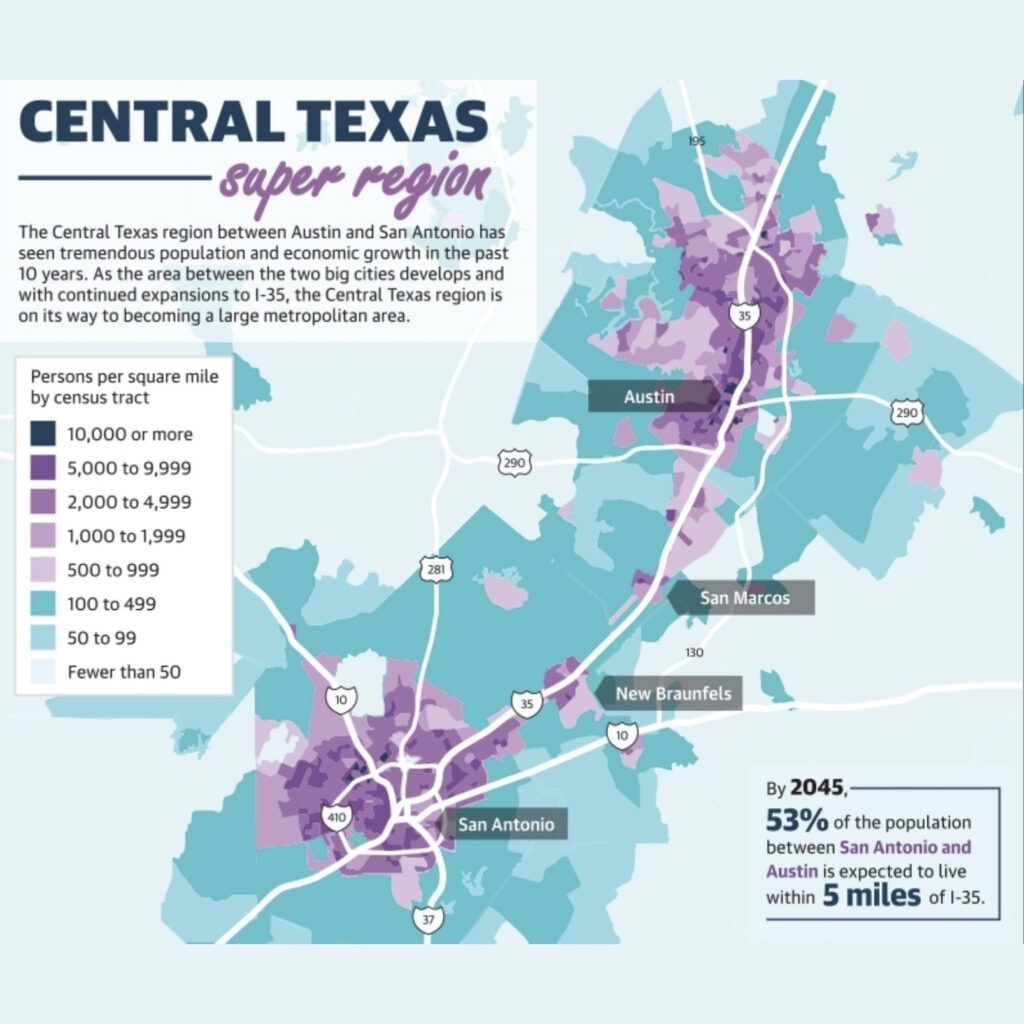Capital improvement bond programs serve as pivotal financial mechanisms to propel large-scale projects and vital infrastructure developments forward. At the core of such initiatives lies the need for meticulous cash flow forecasting.
Within the intricate framework of capital improvement bond programs, the role of accurate cash flow forecasting emerges as both vital and undeniable. It shapes the contours of project viability, solidifies trust in debt repayments, paves the way for effective budgeting and decision-making, and wards off potential financial pitfalls. For those helming these programs, a deep-seated understanding of financial requisites and revenue trajectories remains essential. After all, in this intricate dance of numbers, precision isn’t a mere luxury; it’s the backbone of transformative community endeavors.
In this article, we will explore the importance of accurate forecasting for these bond programs. We’ll also discuss the potential issues that can arise if overlooked and share some tips on how to actively prevent these problems.
Feasibility: The Cornerstone of Decision Making
Every capital improvement bond program is anchored to a project, envisioned to bestow enduring advantages upon the wider community. To turn these visions into reality, it’s essential to grasp both the quantum of funds required and their respective timelines. Accurate cash flow forecasts empower project managers with the insights necessary to assess a project’s financial viability.
Strategic Advice
Research and Due Diligence: Before venturing into any project, conducting thorough research and due diligence is paramount. Engage experts, assess similar projects, and gather data to evaluate the project’s potential success.
Engage Stakeholders Early: Early engagement of all key stakeholders, from community representatives to financial advisors, can provide a diverse range of insights, ensuring a holistic assessment of feasibility.
Regularly Review and Adjust: As circumstances change, so might the feasibility of a project. Periodic reviews allow for adjustments to be made in response to shifting ground realities.
Debt Repayment: The Bedrock of Trust
In the sphere of bond issuance, the commitment to punctual debt repayment stands non-negotiable. To fulfill this pledge, accurate cash flow forecasting becomes indispensable. With such clarity, bond issuers can adeptly determine suitable interest rates, frame the terms of the bond, and craft a pragmatic debt repayment trajectory.
Proactive steps
Robust Revenue Assessment: Continually monitor and assess expected revenue streams. This ensures that you’re not just counting on projected revenues, but are also prepared for any shortfalls.
Maintain a Contingency Fund: Establish and maintain a fund specifically earmarked for unexpected challenges or changes that might affect debt repayment.
Open Communication with Bondholders: Build trust by maintaining transparent and open channels of communication with bondholders, informing them about the program’s financial health and any potential challenges.
Strategic Budget Planning and Informed Decision Making
A well-orchestrated capital improvement bond program hinges on judicious planning and informed decision-making. By harnessing the power of precise cash flow forecasts, stakeholders can achieve a transparent overview of the project’s financial landscape. This, in turn, serves as a guiding beacon for budget allocation and pivotal decisions, ensuring projects stay tethered to their approved financial and temporal boundaries.
Forward-thinking initiatives
Employ Advanced Financial Tools: Utilize modern financial software and tools that allow for dynamic budgeting and scenario analysis. This will enable stakeholders to see the potential outcomes of various decisions before they’re made.
Seek External Audit: An external financial audit can provide an unbiased perspective on the budget’s strengths and weaknesses, allowing for proactive adjustments.
Engage Cross-Functional Teams: Ensure that decision-making isn’t siloed. By involving cross-functional teams, you benefit from a range of expertise and perspectives, fostering informed decisions.
The Pitfalls of Inaccurate Forecasting
Missteps in cash flow forecasting can thrust a capital improvement bond program into precarious financial straits. Such lapses can lead to funding shortfalls, hamper project timelines, imperil debt repayments, and even tarnish the credit stature of the associated entity. The ramifications are far-reaching, casting a shadow over the reputation and efficacy of those steering the bond program.
Circumventing the Pitfalls of Inaccurate Forecasting
Foster a Culture of Continuous Learning: Mistakes and inaccuracies are inevitable. What’s crucial is learning from them. Regularly review and analyze any forecasting errors to refine future predictions.
Diversify Information Sources: Relying on a single data source or methodology can skew forecasts. By diversifying sources and cross-referencing, accuracy can be improved.
Engage Forecasting Specialists: Consider bringing on board experts who specialize in forecasting for similar projects. Their niche expertise can significantly enhance accuracy.
Closing Thoughts
Navigating the intricacies of capital improvement bond programs requires unwavering commitment, precision, and a proactive stance. By addressing the foundational pillars with tailored strategies, stakeholders can not only ensure the success of individual projects but also bolster the reputation and efficacy of bond programs as a whole. In this financial odyssey, staying proactive isn’t just a strategy—it’s the hallmark of excellence.
At Front Line Advisory Group, we are pioneers in Capital Improvement Bond Management, leveraging unparalleled expertise and deep industry insights. Our mission extends beyond consultation – we empower our clients to realize the full potential of their investments, ensuring tax dollars are put to maximum use through astute Program Management Consulting. For more information or to commence your journey towards transformative bond management, reach out to us at info@frontlineadvisorygroup.com












